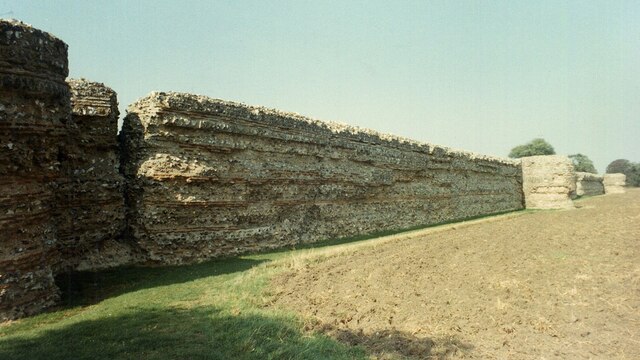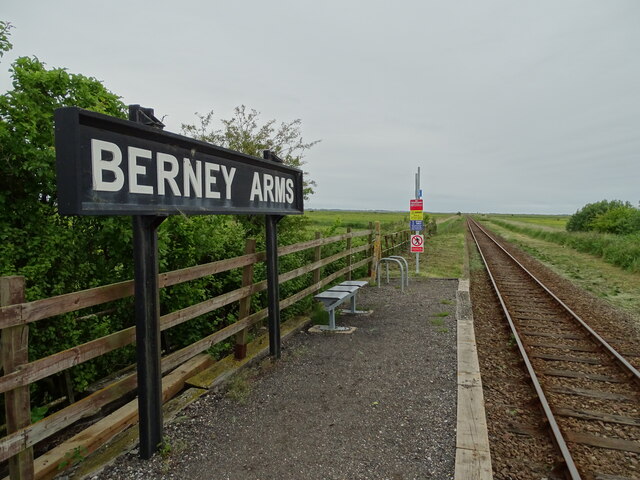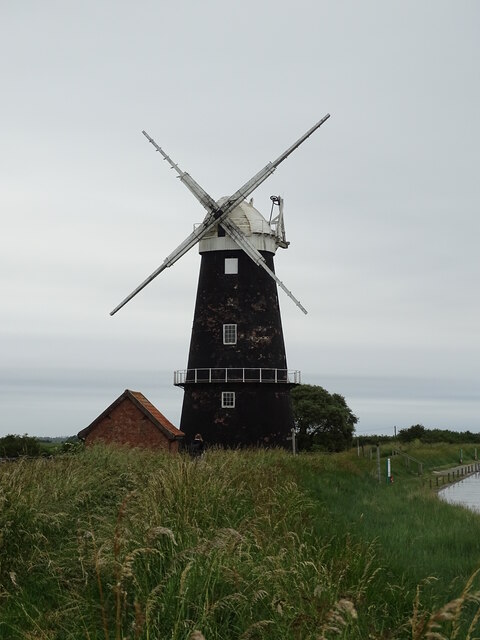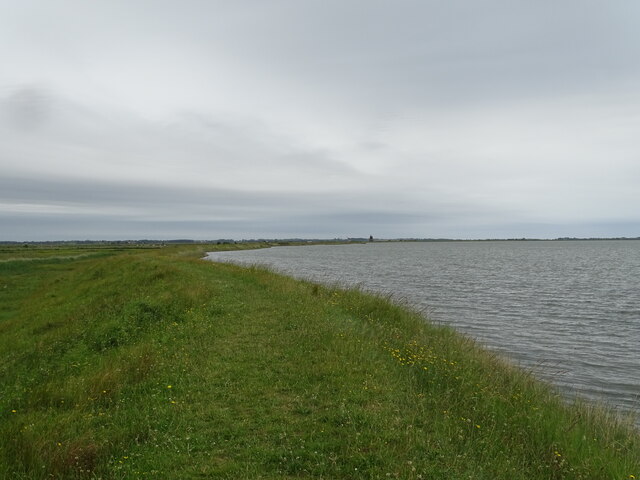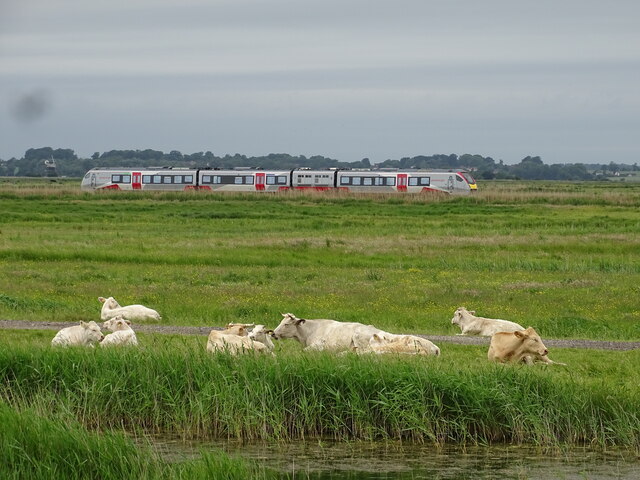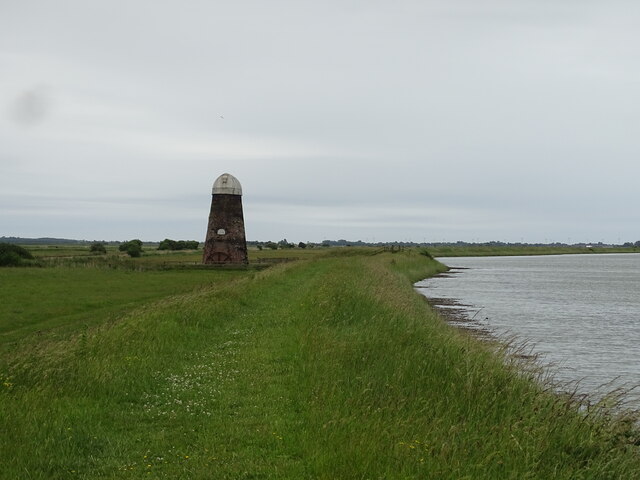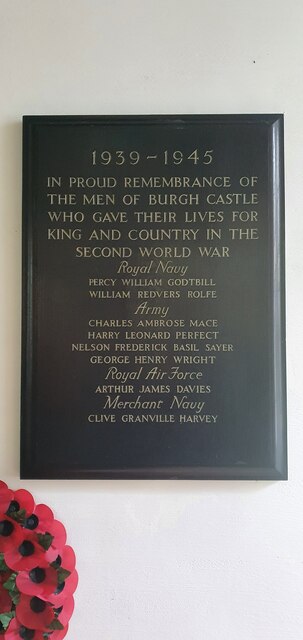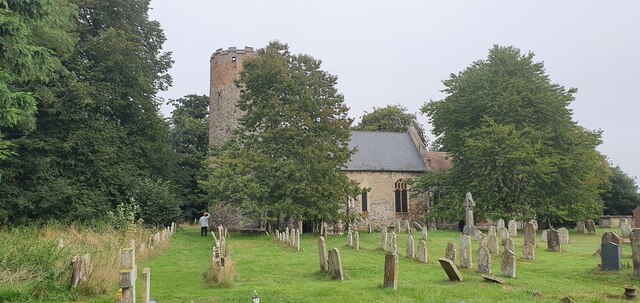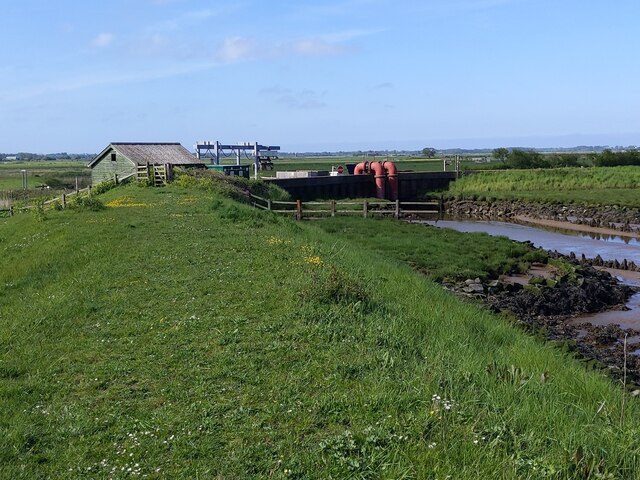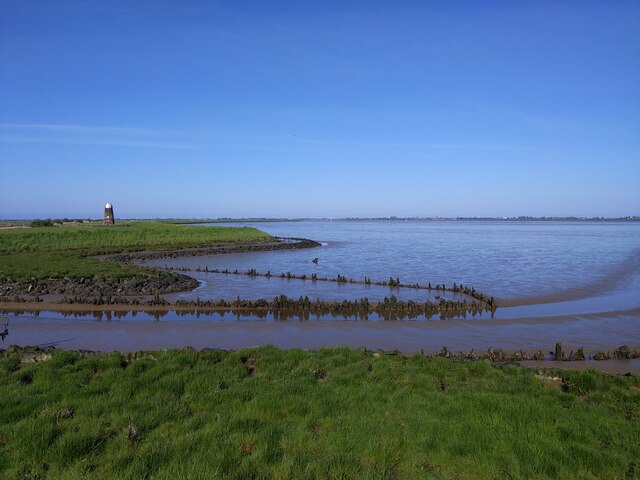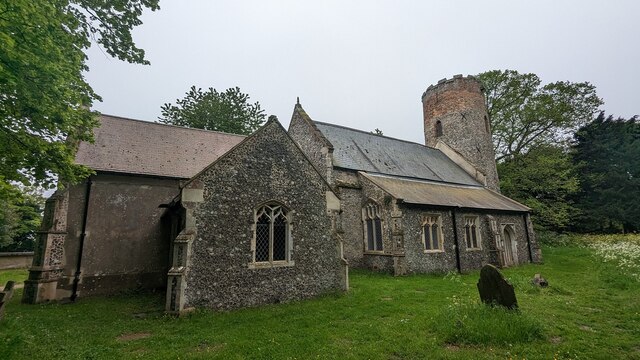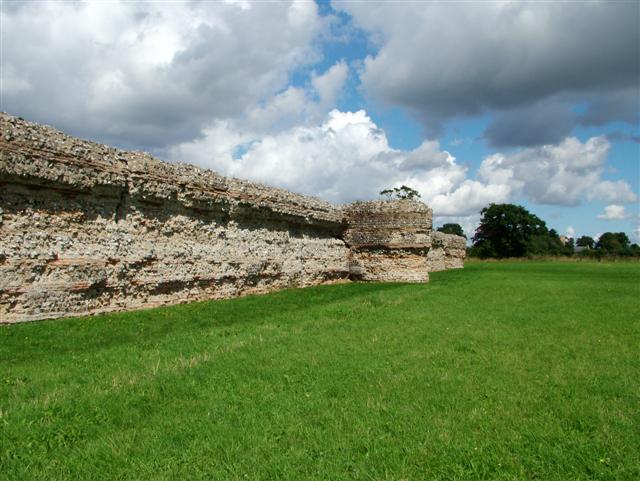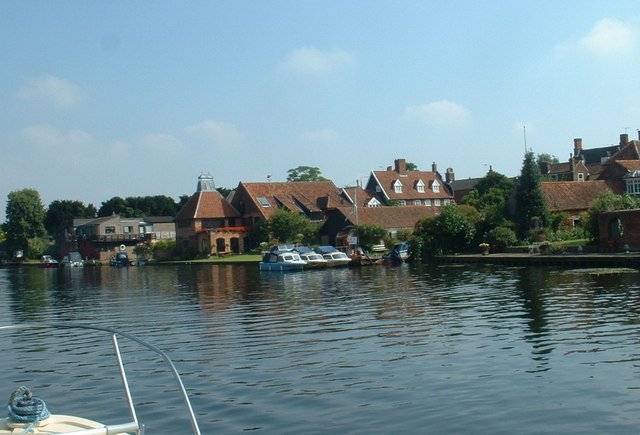Gariannonvm Roman Fort and site of Celtic Manastery
Settlement in Suffolk Great Yarmouth
England
Gariannonvm Roman Fort and site of Celtic Manastery

Gariannonvm Roman Fort and site of Celtic Monastery, located in Suffolk, England, is an ancient archaeological site of historical significance. The site is believed to have been occupied during two distinct periods in history, first as a Roman fort and later as a Celtic monastery.
The Roman fort at Gariannonvm dates back to the 1st century AD when it was established as a strategic military outpost. The fort was built to defend the Roman Empire's eastern frontier and control the surrounding area. It was equipped with defensive walls, barracks, and other structures typical of Roman military installations. The fort played a crucial role in maintaining Roman control over the region until it was abandoned during the 5th century.
Following the decline of the Roman Empire, the site was later occupied by a Celtic monastery. The exact timeline and details of this period are less well-documented, but archaeological evidence suggests that the site was repurposed for religious use. The Celtic monastery likely served as a center for spiritual and intellectual activities, with monks living in simple cells and engaging in prayer, meditation, and scholarly pursuits.
Today, Gariannonvm Roman Fort and site of Celtic Monastery is a popular destination for history enthusiasts and archaeology buffs. Visitors can explore the remains of the fort's defensive walls, gateways, and other structures, providing a glimpse into the military strategies and daily life during the Roman occupation. The site also offers insights into the role of religion and spirituality in the region during the Celtic monastery period.
If you have any feedback on the listing, please let us know in the comments section below.
Gariannonvm Roman Fort and site of Celtic Manastery Images
Images are sourced within 2km of 52.58712/1.6596758 or Grid Reference TG4705. Thanks to Geograph Open Source API. All images are credited.
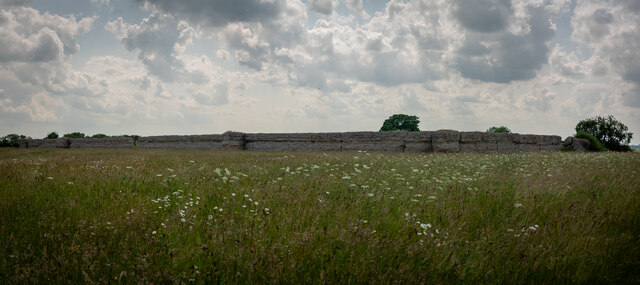
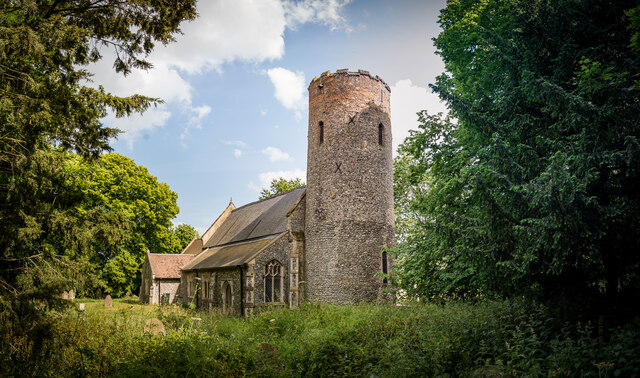
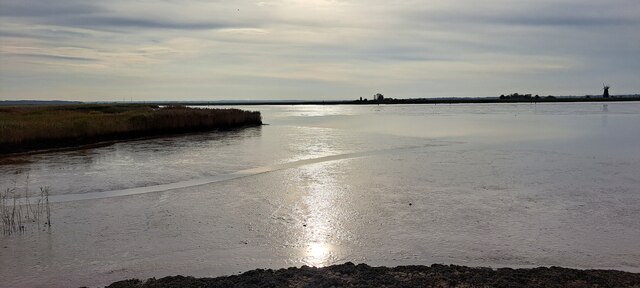
Gariannonvm Roman Fort and site of Celtic Manastery is located at Grid Ref: TG4705 (Lat: 52.58712, Lng: 1.6596758)
Administrative County: Norfolk
District: Great Yarmouth
Police Authority: Norfolk
What 3 Words
///informer.highs.shaky. Near Bradwell, Norfolk
Related Wikis
Burgh Castle
Burgh Castle is a village and civil parish in the English county of Norfolk. It is situated on the east bank of the River Waveney, some 3.7 miles (6.0...
Burgh Castle (Roman fortification)
Burgh Castle is the site of one of nine Roman Saxon Shore forts constructed in England around the 3rd century AD, to hold troops as a defence against Saxon...
Gariannonum
Gariannonum, or Gariannum, was a Roman Saxon Shore fort in Norfolk, England. The Notitia Dignitatum, a Roman Army "order of battle" from about AD 400,...
River Waveney
The River Waveney is a river which forms the boundary between Suffolk and Norfolk, England, for much of its length within The Broads. The "ey" part of...
Nearby Amenities
Located within 500m of 52.58712,1.6596758Have you been to Gariannonvm Roman Fort and site of Celtic Manastery?
Leave your review of Gariannonvm Roman Fort and site of Celtic Manastery below (or comments, questions and feedback).
